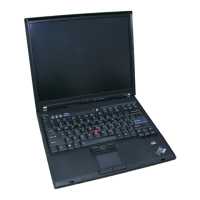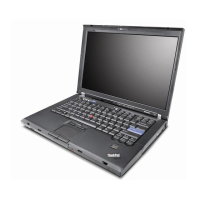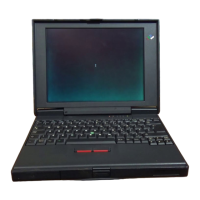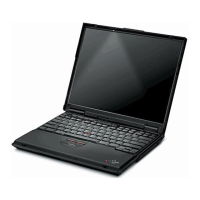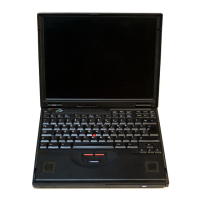(".
c
c:
Scaled Representation (Scientific Notation)
You can
represent
numbers
by
stating a value
in
some
convenient
range,
then
mul-
tiplying it
by
the
appropriate
power
of
ten.
This
type
of
notation
is
called scaled
representation in APL.
The
form
of
a scaled
number
is
a
number
(multiplier) followed
by
E
and
then
an integer (the scale) representing
the
appropriate
power
of
10.
For
example:
Number
Scaled
Form
t
Multiplier
66700
6.67E4
•
Scale
.00284
2.84E3
The
E (E can
be
read times ten to the) in
the
middle indicates
that
this
is
scaled
form;
the
digits
to
the
right
of
the
E indicate
the
number
of
places
that
the
decimal
point
must
be shifted.
There
can
be
no
spaces
between
the
E
and
the
numbers
on
either
side
of
it.
Numeric Value Range
Numeric values in
the
5100 can range
from
-7.237005577332262E75
to
7.237005577332262E75.
The
smallest numeric value
the
5100 can use
is
±.
5.397604346934028E -79.
Numeric Value Precision
Numbers in
the
5100 are carried internally with a precision
of
16
significant
digits.
Character Constants
Zero
or
more characters enclosed in single
quotes,
including overstruck characters
(see
Appendix
B)
and
blank characters (spaces),
is
a
character
constant.
The
quotes
indicate
that
the. characters
keyed
do
not
represent numbers, variable names,
or
functions,
but
represent only themselves. When
character
constants
are displayed,
the
enclosing
quotes
are
not
shown:
'ABCDEFG'
ABCDEFG
123('~BC
,
:1.23('~BC
'
M~'THE
ANSWER
IS:'
M
THE
ANSWER
IS:
When a
quote
is
required within
the
character
constant,
a pair
of
quotes
must
be
entered
to
produce
the
single
quote
in
the
character
constant.
For
example:
'DON'
'T
GIVE
THE
ANSWER
AWAY'
DON'T
GIVE
THE
ANSWER
AWAY
31
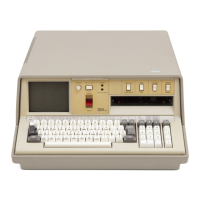
